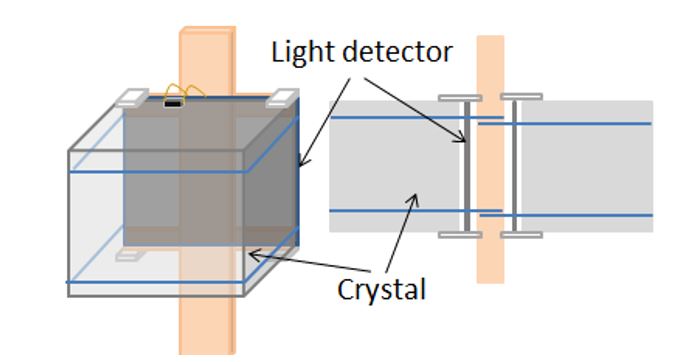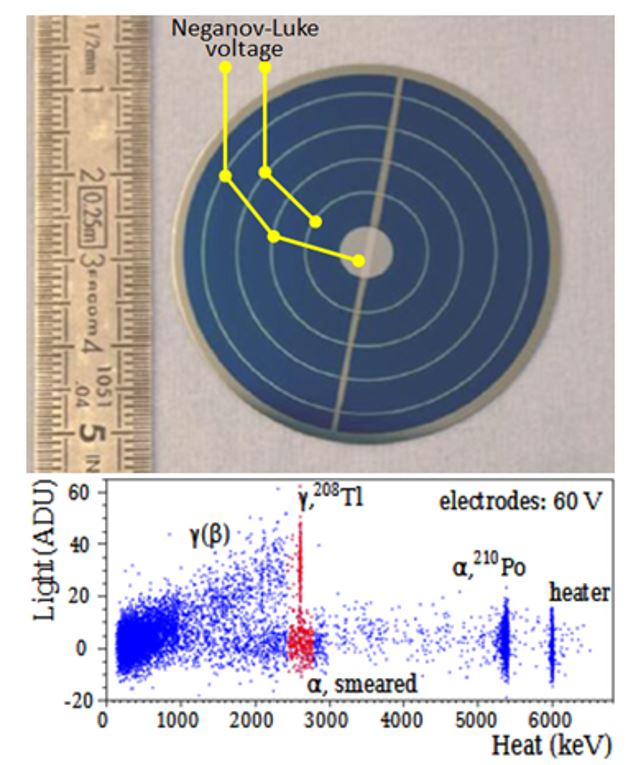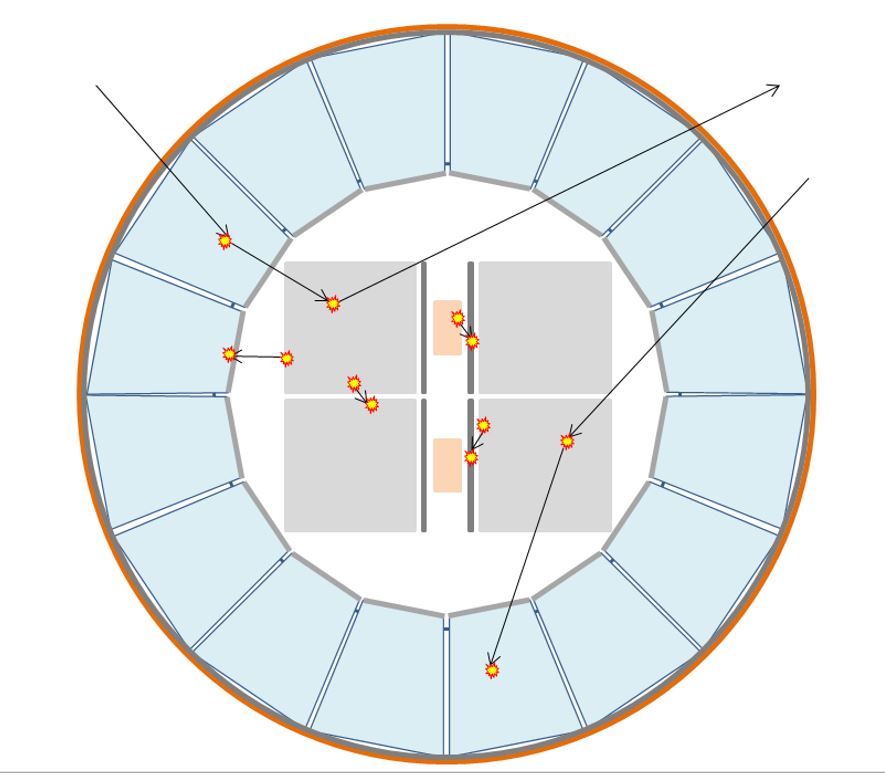Bolometric techniques
BINGO will adopt an innovative version of the bolometric technique to study neutrinoless double-beta decay of 130_Te and 100_Mo contained in extremely radiopure TeO2 and Li2MoO4 crystals, respectively.
One of the most promising techniques to search for neutrinoless double beta decay are bolometers. Bolometers are low temperature detectors that are made of a crystal embedding the double-beta decay isotope and a sensor coupled to the crystal (usually glued). When a particle releases energy in the bolometric absorber (the crystal) it produces lattice vibrations that generate a temperature rise in the crystal measured by the sensor that works as a thermometer (germanium NTD ). This ensures the desired energy resolution, of the order of 5 keV FWHM in both cases. However, this simple configuration is not sufficient to achieve the sensitivities requested by the next-generation searches. Adding a light readout based on a simple bolometer improves dramatically the situation, but is not enough when looking at the direct-ordering region.
BINGO develops high-risk/high-reward solutions, based on firm achievements in the light-detection technology, to extend the reach of the bolometric approach. BINGO’s proposed technology is centered around reducing dramatically the background in the region of interest, thus boosting the discovery sensitivity of 0νββ. This can be achieved by fulfilling the following goals:
i. increasing the light detector sensitivity thanks to Neganov-Luke amplification;

Innovative holding method for the main crystal and the light detector: 3D view on the left and lateral view on the right.
ii. having a revolutionary detector assembly that will reduce the total surface radioactivity contribution;
iii. using an active shield, based on ZnWO4 or BGO scintillator with bolometric readout, to suppress the external gamma background.



